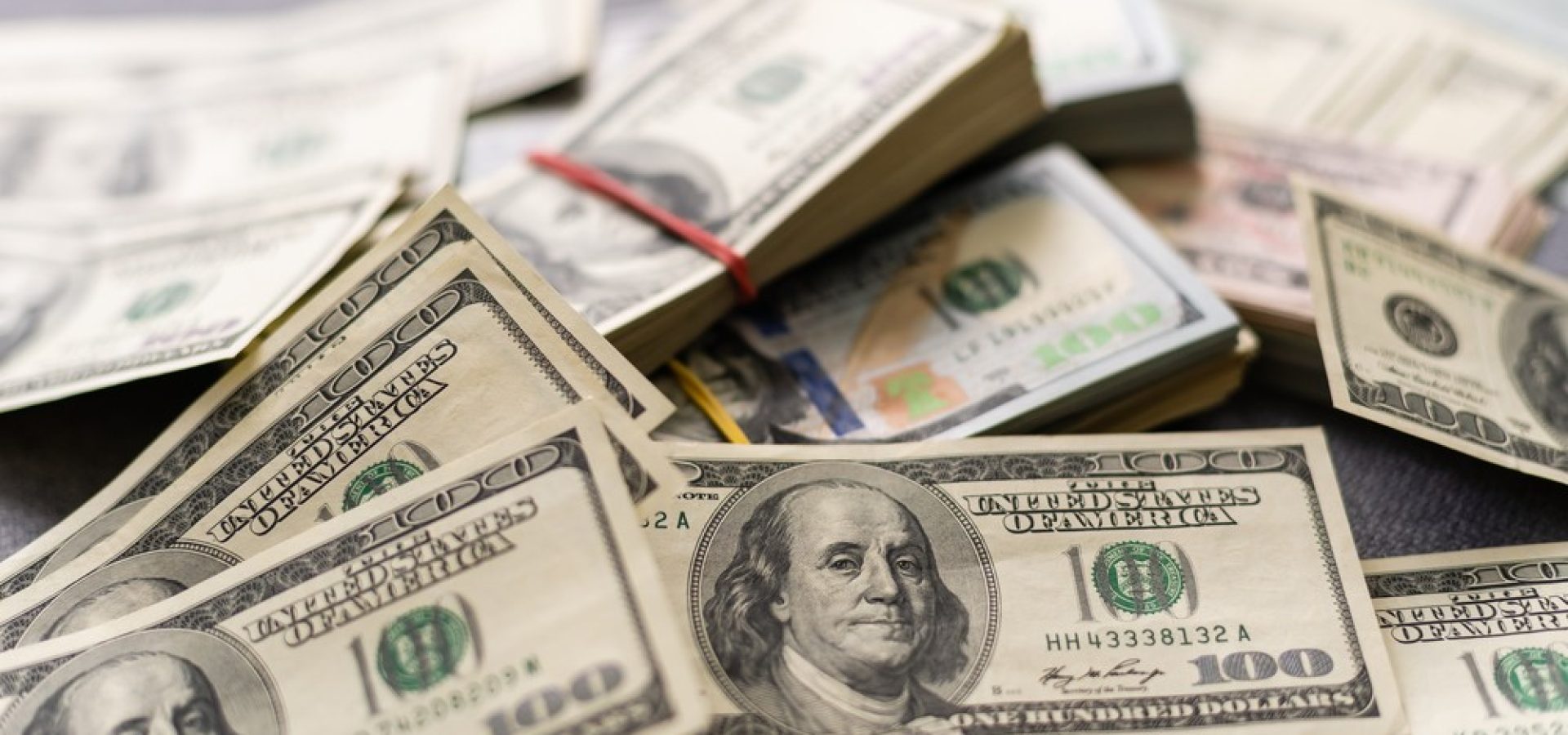The dollar index was steady, while the yen weakened after the Bank of Japan held its stimulus parameters steady.
The dollar rose sharply by 0.64% in comparison to the yen upon the decision by the Bank of Japan to retain its policy at the last conference held by the governor. After the decision, the dollar/yen’s sharp rise reflected what betting markets were predicting as a surprise split from Governor Kuroda.
Many believe the BOJ’s days of controlling the bond yield curve have a limit, and market watchers expect a “no surprise” decision, but some priced in Kuroda’s last policy meeting with little chance of a policy change.
The dollar later retraced some of those moves and ended up 0.55% at 136.83 yen.
Signs of Stress in the US Banking System
A lot was happening in the markets, with European and Asian banking stocks falling a day after U.S. bank stocks tumbled as tech lender SVB Financial Group began selling shares to shore up its balance amid shrinking startup deposits. Some investors feared this could signal greater stress in the US banking system.
It also led to big moves in the US and European bond markets. This and today’s US February jobs release are creating alarming cross-currents in the FX markets.
The initial effect was evident – the announcement prompted the unloading of open foreign exchange positions. Hence, the two darlings of the FX investment community this year – the Mexican peso and the Hungarian forint – led to losses in the EMFX space of -2.25% and -0.84%, respectively.
The better indicator was the Swiss franc against the dollar.
The euro and sterling rose to $1.0583 and $1.1983, respectively, with the dollar index unchanged at 105.23.
Investors are closely watching non-farm payrolls. This led to a halt in the dollar’s sharp rally as traders reversed some bets that US rates would rise much higher than previously expected.









COMMENTS